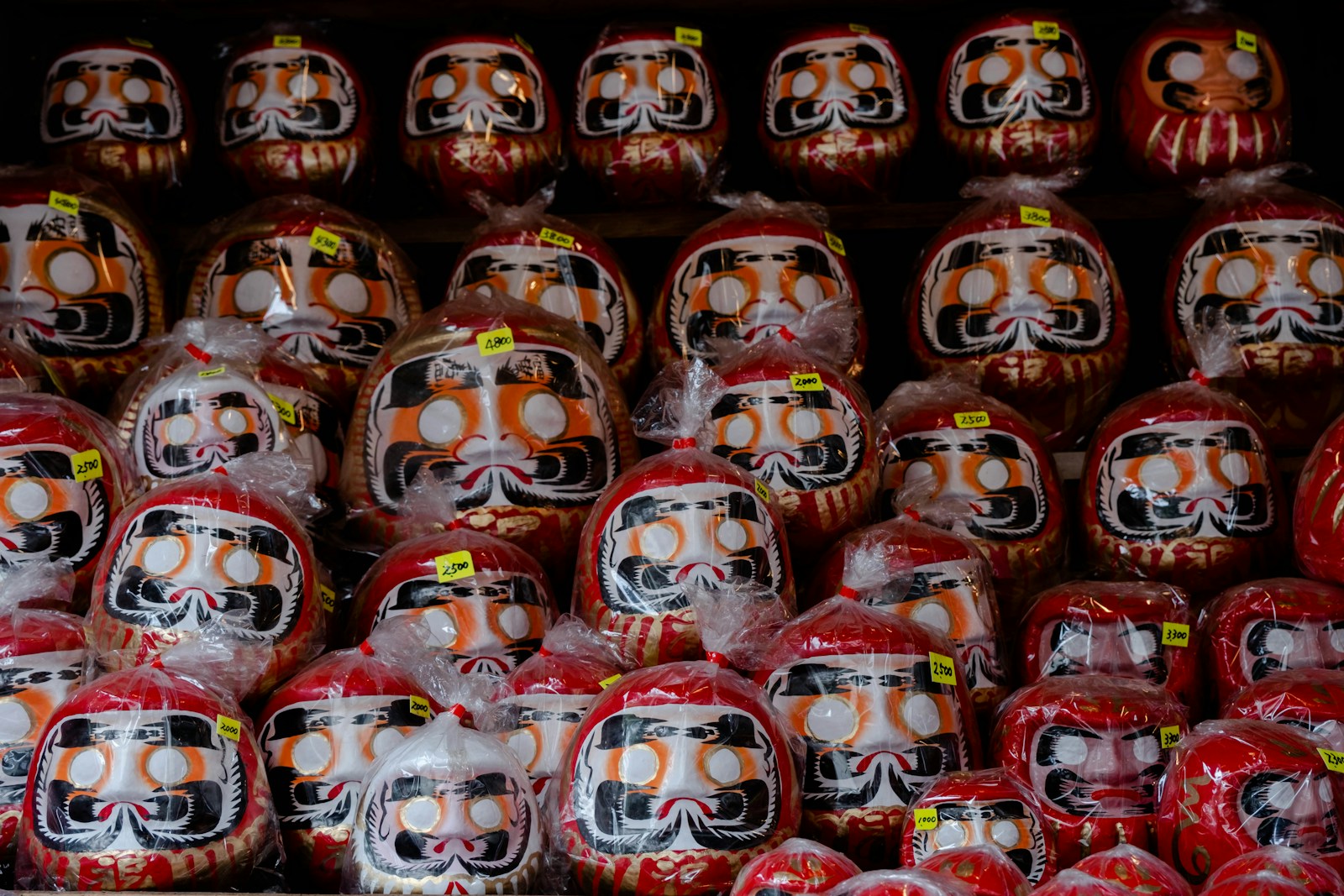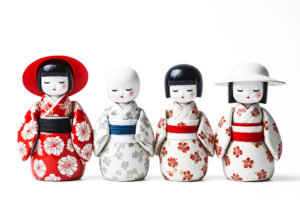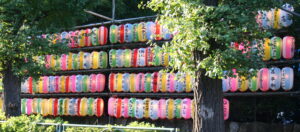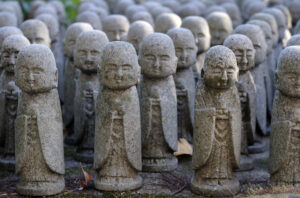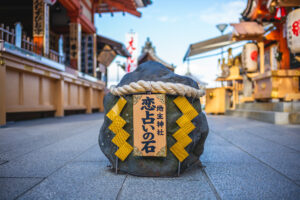In the rich tapestry of Japanese culture, few objects symbolize resilience and perseverance as vividly as the Daruma doll. These traditional Japanese talismans, with their round, roly-poly shape and wide-eyed gaze, serve as an enduring emblem of hope and determination. Daruma dolls are steeped in history and tradition, evolving from religious artifacts to modern-day motivational tools. As we unravel the layers of meaning behind these iconic figures, we discover not only a fascinating craft but also a profound cultural legacy that continues to inspire people across the globe.
Daruma Dolls: Unveiling Japan’s Icon of Hope
The Daruma doll, with its vibrant red color and enigmatic blank stare, represents more than just a decorative object in Japanese culture; it is a beacon of hope and endurance. Originating from the legend of Bodhidharma, the monk credited with founding Zen Buddhism, these dolls embody the virtues of persistence and determination. Traditionally made from papier-mâché and designed to return to an upright position when tilted, the Daruma doll symbolizes the ability to recover from hardships, echoing the popular Japanese proverb, "Nanakorobi yaoki," which means "fall seven times, stand up eight."
From Monks to Modernity: The Evolution of Daruma
The transformation of Daruma from religious artifacts to symbols of personal ambition and perseverance reflects a broader evolution within Japanese society. Initially associated with Buddhist temples, where they were viewed as talismans of good luck and protection, Daruma dolls have transcended their religious origins. Today, they are ubiquitous in Japan, found in homes, offices, and even political arenas, serving as a visual reminder of goals or aspirations. This shift from the sacred to the secular illustrates how Daruma dolls have adapted to the changing landscape of Japanese culture, becoming a more inclusive symbol of hope and resilience.
Crafting Perseverance: The Art Behind Daruma Dolls
The creation of a Daruma doll is a meticulous process that blends artistry with tradition. Artisans in the town of Takasaki, recognized as the birthplace of Daruma doll crafting, follow a time-honored method that begins with assembling a framework of bamboo and paper. Layers of papier-mâché are then applied and left to dry, forming the doll’s distinctive shape. The final step involves painting the doll, a task traditionally reserved for the head of the family or the most skilled artisan. The careful attention to detail in each step of the process reflects the dedication and perseverance the Daruma itself symbolizes.
Red for Resilience: Understanding Daruma Colors
While the classic red Daruma is the most recognized, these dolls come in a variety of colors, each carrying its own specific meaning. Red, symbolizing good luck and protection against evil, remains the most popular choice. However, other colors represent different aspirations: gold for wealth, green for health, white for harmony, and so on. This color coding adds a layer of personalization to the Daruma, allowing individuals to choose a doll that aligns with their specific hopes and dreams.
A Global Journey: Daruma Dolls Across Borders
Daruma dolls have crossed Japanese shores, captivating the hearts of people around the world. Their universal message of perseverance and resilience resonates with diverse cultures, making them popular gifts and collector’s items. International interest in Daruma has spurred a variety of interpretations and adaptations, from modern designs that cater to contemporary tastes to digital versions that appeal to tech-savvy generations. Despite these innovations, the core principles of hope and persistence that Daruma represents remain unchanged, illustrating the doll’s universal appeal.
Setting Goals with Daruma: A Unique Tradition
One of the most distinctive practices associated with Daruma dolls is the goal-setting ritual. Upon receiving a Daruma, the owner makes a wish or sets a goal and paints one eye. The doll then serves as a visual reminder of the goal, encouraging the owner to persevere. Once the goal is achieved, the second eye is painted as a sign of gratitude and accomplishment. This ritual underscores the interactive nature of the Daruma, transforming it from a mere object into an active participant in one’s journey towards achieving personal aspirations.
Daruma dolls, with their rich history and deep-seated symbolism, continue to serve as a powerful symbol of hope and perseverance in Japanese culture and beyond. From their origins in Buddhist temples to their role in contemporary life as bearers of personal dreams and ambitions, these iconic dolls encapsulate the enduring human spirit. As we look to the future, the Daruma doll remains a testament to the importance of resilience, reminding us to stand up each time we fall and to keep our eyes firmly set on our goals. Through the artistry of their creation, the diversity of their colors, and the depth of their cultural significance, Daruma dolls hold a timeless appeal, inspiring generations to strive for success against all odds.
